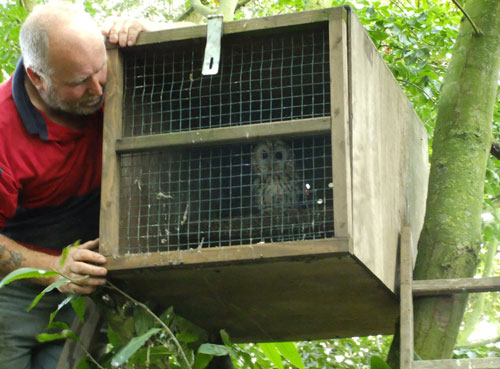The R.S.P.B. has recently released its annual report on Bird Crime and the focus of the document this year highlights the disturbing levels of harmful criminal activity to which birds of prey are subjected. In it, harrowing tales of the poisoning, trapping or shooting of raptors quite beggar belief but the report builds up a powerful case for urgent, top-level attention to the many issues raised therein.
The R.S.P.B.'s Conservation Director Martin Harper prefaces the report by outlining the urgent need for government action in reviewing legislation to make it easier for the perpetrators of such crimes to be prosecuted. It also advocates widening the scope of responsibility for those indirectly connected with these crimes under proposals of vicarious liability.
The R.S.P.B. then sets out a comprehensive "Manifesto For Change" designed to clarify the issues for improvement of the wildlife laws and the reform of policing of wildlife crime, with recommendations as to how various aspects of the issues involved could be changed.
Finally it covers in some detail the incidents of crime and outcome of successful prosecutions, which in 2011 included:
• 100 reports of poisoning incidents, including 52 confirmed incidents of abuse involving the confirmed poisonings of at least 70 individual birds or animals.
• 202 reports of shooting and destruction of birds of prey, with the confirmed shooting of 30 individual birds of prey.
• 18 reports relating to illegal disturbance or photography of Schedule 1 birds including bird of prey species.
• 26 reports of illegal taking, possession or sale of birds of prey.
Andy Hulme, General manager of Suffolk Owl Sanctuary commented: "This report draws attention to many matters which need to be addressed urgently. It goes without saying that we deplore any persecution of raptors especially by poisoning, which is a horrific way for a bird to die. We have seen a huge increase in the buzzard population in Suffolk in recent years but a notable decline in Sparrowhawks and Kestrels, this latter strongly thought to be caused by secondary poisoning. Regarding shooting, following on from the well publicised instance of one of our own Snowy Owls, Fetlar, being shot dead whilst roaming free and other incidents of birds that had been shot being brought to us, we had a wild Buzzard brought into our Raptor Hospital earlier this year which had also been shot, but thankfully we were able to rehabilitate this bird and release it into a safe environment in a healthy condition. That said, the majority of injured wild birds brought into us are the result of road traffic accidents, which are as great concern to us."
You can download the full report direct from the R.S.P.B. site here































































